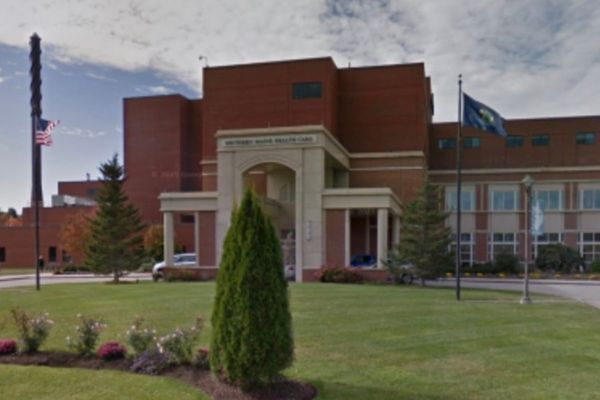
Houses, particularly those at the luxury end of the market, are likely to be hit harder by falling property prices than flats or apartments, the head of domestic markets for the Reserve Bank of Australia, Jonathan Kearns, has said.
In a speech on Monday, Kearns also said the RBA’s rapid increase in its key interest rate would “tend to depress residential and commercial property prices” but the wider risks for financial stability “appear to be contained”.
While Kearns did not provide an estimate of how far property prices would drop – the central bank governor, Philip Lowe, said last week he wouldn’t be surprised by a 10% fall – he said higher interest rates would have the biggest impacts where “the supply of housing is less flexible, mortgage debt is higher, there are more investors and incomes are higher”.
Pricier suburbs tended to be “more cyclical”, rising or falling more than other regions as borrowing costs changed, he said.
The RBA is in the midst of its most rapid series of interest rate rises since 1994.
Lowe said on Friday the bank was likely to be choosing between another hike of 25 or 50 basis points, which would add to the 225 basis point rise since it began lifting rates in May.
The biggest price changes, with higher rates, are likely to land in more expensive areas, the RBA. (That's different from where financial stress will be the highest, though.) pic.twitter.com/0BeoniRVx5
— Peter Hannam (@p_hannam) September 18, 2022
Central banks around the world are raising borrowing costs to curb inflation, with Australia relatively slow to move. Australia’s property market, though, has been among the more inflated, marked by record levels of household debt, and prices are now falling at the fastest pace since the 1980s.
Kearns said the relatively large drop in property prices at the high end of the market would narrow “the distribution of housing wealth” but those effects are typically temporary.
How housing prices and interest rates move. (Source: @corelogicau, RBA.) pic.twitter.com/ChIOV2sFyT
— Peter Hannam (@p_hannam) September 18, 2022
Houses also tend to be more sensitive to changes in interest rates than apartments. The limited supply of available zoned land partly explains this result, he said.
CoreLogic’s research director Tim Lawless said data for the upper 25% of the market showed prices across the combined capitals peaked in January and values had fallen 7.4%.
“In contrast, the lower quartile of the market peaked much later, in July, and housing values are down a much smaller 0.2% by the end of August,” Lawless said.
For Sydney, where prices had started to turn lower before other capitals, housing values were down 7.5% across the upper 25% over the past three months, while the lower quartile was down 2.8%.
The top end of the market had further to fall. From the trough in prices during the Covid pandemic to the recent peak, dwelling values across Sydney’s upper quartile had surged by 33.9% compared with a 17.5% rise in the lower 25% of the market, Lawless said.
Data from @Corelogic backs up the RBA speech this morning that stated higher-priced properties are seeing values fall relatively more than other sections, with the exception, so far, of Hobart. (This marks the top and lower quarters vs the middle half.) pic.twitter.com/pzfmUSg9Xk
— Peter Hannam (@p_hannam) September 19, 2022
CoreLogic’s data also showed house prices across the capital cities had risen just shy of 30% from the trough to the peak, compared with unit values’ 13.2% increase.
Commercial property tends to be less affected than residential property to higher rates, Kearns said, although the unrelated working-from-home impacts might provide other headwinds for that sector.
All asset prices, though, are affected by higher interest rates as they are valued for what they provide us in the future.
“An increase in interest rates means that a given amount of income (or benefit) at a future date is worth less today, and so an asset with a fixed future stream of payments will be worth less today,” Kearns said, noting future cash flows may also change with interest rates, amplifying or moderating the impact on prices.
Since most people borrow to buy property, the effects of higher rates in borrowers’ ability to fund purchases are significant, he said.
Still, there is “considerable uncertainty” about the magnitude and timing of how much higher rates depress residential and commercial property prices, Kearns said.
Financial stability risks from falling prices, though, “appear to be contained”, he said. The RBA’s half-year review of such risks will be released next month.
As of the end of last week, investors were betting that the bank will lift its cash rate by another 50bp to 2.85% on the way towards 4% by mid-2023.
Commercial bank economists are more sanguine, expecting a peak in the cash rate of about 3.35% or lower.







